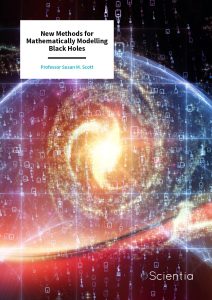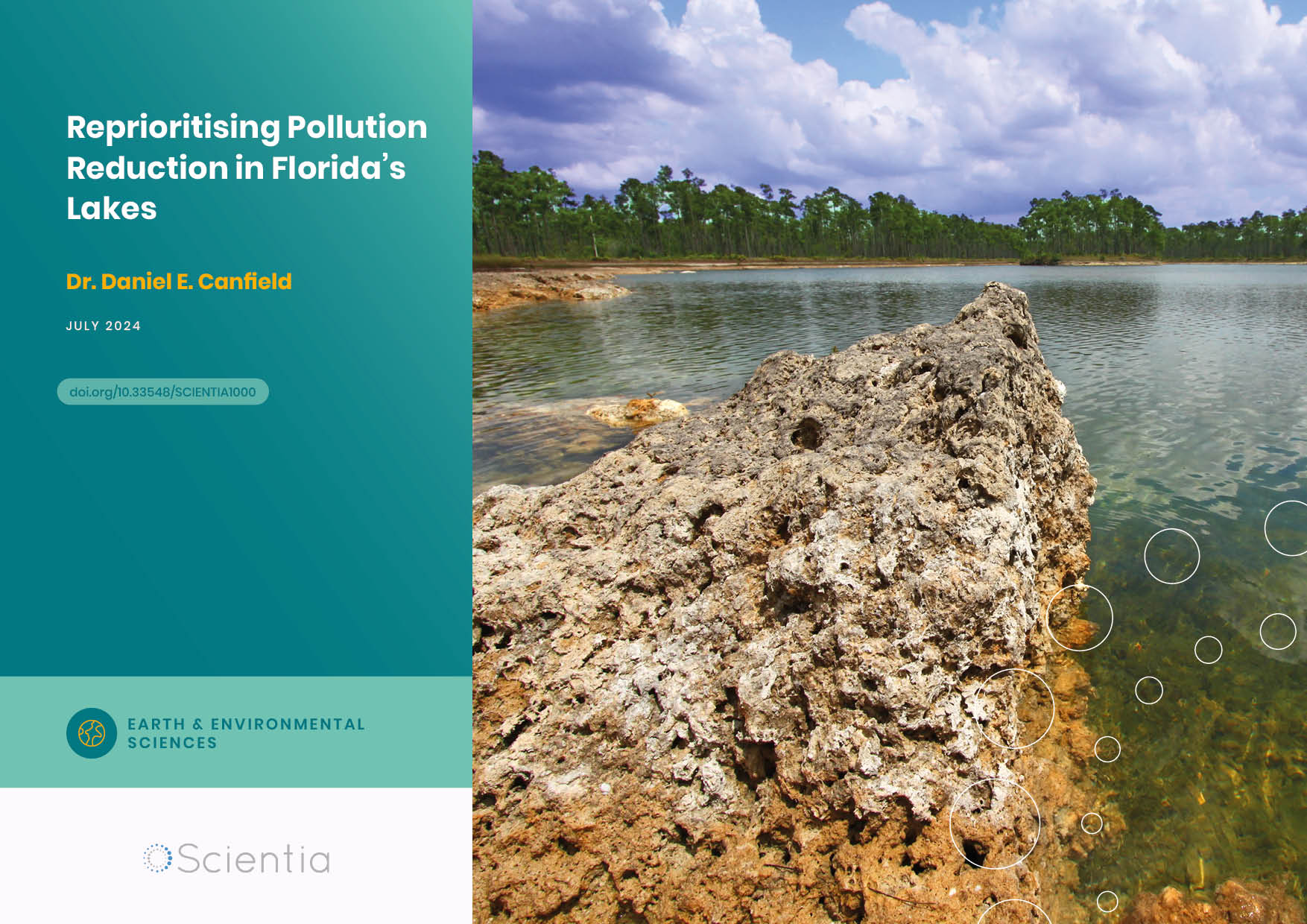Professor Susan M. Scott | New Methods for Mathematically Modelling Black Holes
The swirling vortexes of incredible gravitational strength we call black holes are amongst astrophysics’ most recognisable and captivating phenomena. Whilst regularly featuring in films, novels and popular science texts, black holes continue to pose mathematical challenges for the physicists working in this field. Distinguished Professor Susan Scott from The Australian National University has been undertaking research to solve some of these mathematical conundrums.
The Trouble with Singularities
Black holes have captivated popular culture and science alike. Much of their enduring attraction and mystery lies in their almost unfathomable ability to warp space and distort time. Spacetime is the notion that the three dimensions of space and the single dimension of time are not only inextricably linked but can be conceived mathematically as a single continuum. Astrophysicists are still puzzling out the mathematics that describes how black holes work and their effects on spacetime.
The 2020 Physics Nobel Prize was shared between Reinhard Genzel and Andrea Ghez ‘for the discovery of a supermassive compact object at the centre of our galaxy’ and Roger Penrose ‘for the discovery that black hole formation is a robust prediction of the general theory of relativity’. Penrose’s 1965 paper is credited as the first to prove a modern singularity theorem. It uses very general hypotheses about spacetime to predict an ‘incomplete, in-extendible, causal curve’ – analogous to a black hole. A causal curve is the path in spacetime which any physical object, including us, will travel along. An incomplete or finite causal curve indicates that the object has come to an abrupt end.
Whilst Penrose’s paper rightly earned him a Nobel Prize, there is much that remains to be explained. Critically, does the mathematics in Penrose’s paper actually predict the infinite spacetime curvature which lurks at the heart of black holes, or does it purely provide the analogy for a gravitational singularity as an incomplete, in-extendible, causal curve? And if Penrose’s paper doesn’t fully describe the fate of these incomplete curves, what does? What actually happens when you approach a gravitational singularity?
Part of the problem in determining the answer to this question is that Penrose’s definition of gravitational singularities is not amenable to the use of computational methods for investigations, and so it is very hard to determine the fate of the incomplete curves. To try and solve this conundrum, Professor Susan Scott from The Australian National University uses the Abstract Boundary construction to provide the necessary tools to compute the curves in spacetime and determine their properties.
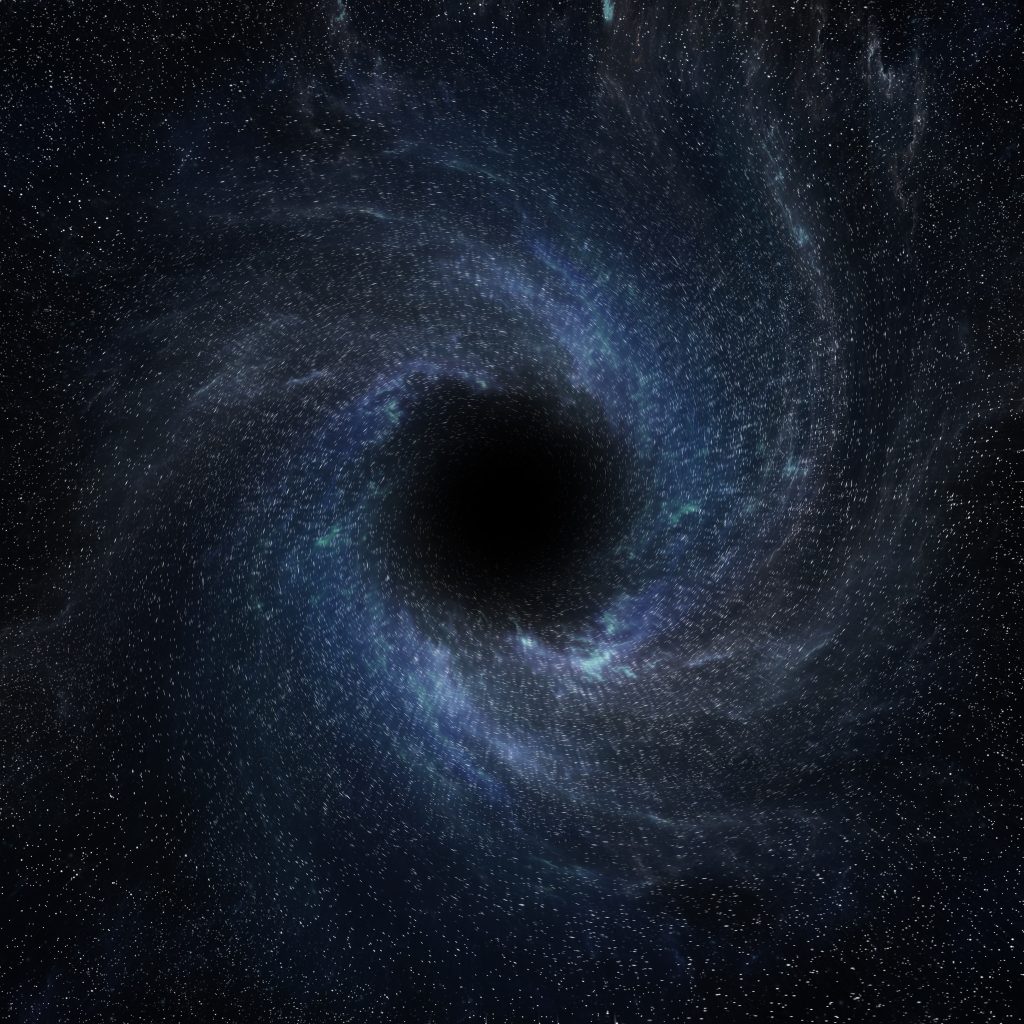
Coordinate System Complexities
The first problem that Professor Scott tackled was that of coordinates. Spacetime is often described as a Lorentzian manifold. The mathematical structure of the manifold describes how points on the manifold are related to each other, and how changes at one point will affect other points in the manifold. A vital part of this manifold is that any concept described by the manifold should be independent of any coordinate systems. In essence, this means that changing the coordinate system of a problem shouldn’t change the physical properties being investigated.
Classically gravitational singularities, located at the edge of spacetime, are analysed using various coordinate systems. For example, for the Kerr black hole, using a system called Boyer–Lindquist coordinates in four-dimensional space, the incomplete, in-extendible, causal curves described by Penrose all converge on a single point and approach infinite curvature: the centre of the black hole. Other incomplete, causal curves also converge at this point but do so with finite curvature. As these two different classes of curves all converge at one point, the boundary point of this system is called a ‘mixed point’. The mixed nature of this point, involving some curves approaching it with infinite curvature and some curves approaching it with finite curvature, means that it is very hard to delve into the singularity’s inner structure, making further mathematical study difficult.
However, using a different coordinate system called Kerr-Schild, the curves no longer converge and have different endpoints. The boundary points now form a two-dimensional disc. The interior points of the disc have finite curvature and are called ‘regular points’. The spacetime can be extended through these points. The incomplete, in-extendible, causal curves approach infinite curvature at endpoints on the boundary of the disc, and reach the heart of the black hole. This more open representation of the Kerr black hole makes it much easier to compute the internal structure in Kerr-Schild coordinates. However, Professor Scott explains that under this coordinate system, the boundary points change as different charts are used, meaning that the boundary features of spacetime are not coordinate-independent. We have to choose the boundary which best represents the physical properties of the spacetime.
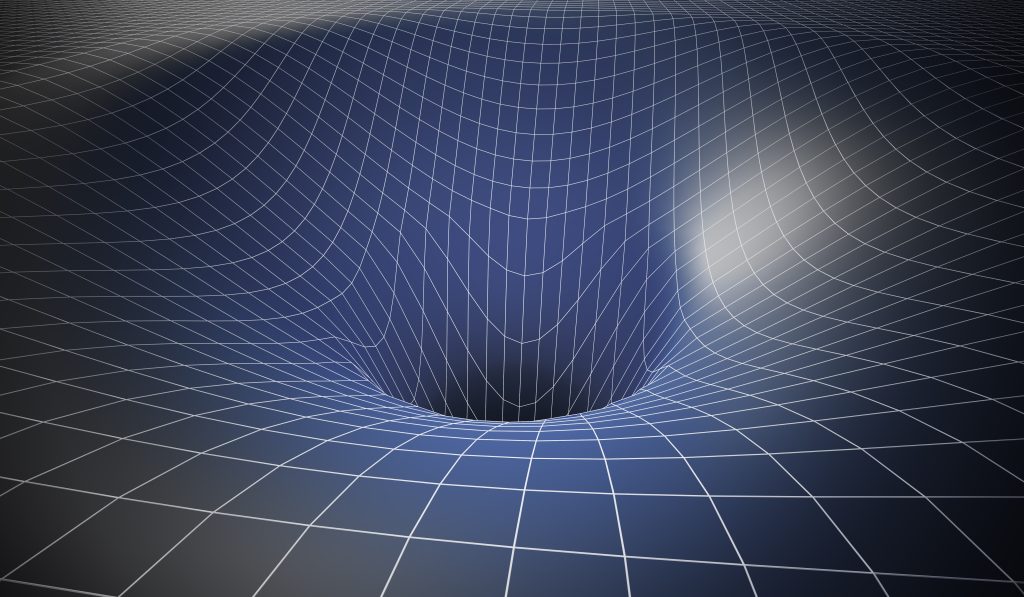
Applying the Abstract Boundary Construction
To solve this problem of coordinates, Professor Scott devised a new construction for spacetime called the Abstract Boundary. This approach considers all the ways that a spacetime can be mapped into larger spaces of the same dimension. The boundaries of the original spacetime in the larger spaces are then compared to form the Abstract Boundary for the original spacetime. This Abstract Boundary contains the classical coordinate-based method for singularity study, but also removes the coordinate link with the Lorentzian manifold. The Abstract Boundary allows classical investigations of gravitational singularities as well as yielding a mathematical representation of Professor Penrose’s definition of a gravitational singularity provided by his singularity theorem.
The next step for Professor Scott was to find a way to begin investigations of the incomplete, in-extendible, causal curve discovered by Professor Penrose. She developed a new theorem using the Abstract Boundary, called the Endpoint Theorem. By applying this new theorem, Professor Scott can provide a location for the gravitational singularity at the endpoint of the incomplete, in-extendible, causal curve predicted by Penrose in his singularity theorem.
The Abstract Boundary also has its own singularity theorem, which complements Penrose’s singularity theorem. This theorem shows that the incomplete, in-extendible curve predicted by Penrose’s singularity theorem reaches its newly determined endpoint at some type of gravitational singularity – it does not approach a normal point of spacetime. Armed with this knowledge of the location of the endpoint of the curve and the fact that the curve ends at a gravitational singularity, astrophysicists can now begin computational explorations of Penrose’s singularity definitions. In particular, it remains to be shown that the curvature of spacetime becomes infinite along the incomplete curve as its endpoint is approached, implying the existence of a black hole.
Professor Scott explains that although her research doesn’t yet quite describe all aspects of a black hole, her use of the Abstract Boundary means that astrophysicists now have a much more rigorous mathematical basis from which to investigate black holes. This leap forward is getting us ever closer to answering the question of what actually happens when you approach a gravitational singularity.
SHARE
DOWNLOAD E-BOOK
REFERENCE
https://doi.org/10.33548/SCIENTIA941
MEET THE RESEARCHER
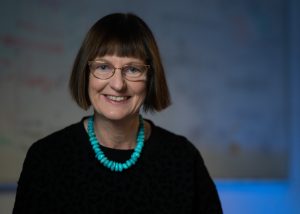
Professor Susan M. Scott
Centre for Gravitational Astrophysics
Research School of Physics (RSPhys)
Australian National University
Australia
Distinguished Professor Susan M. Scott is a mathematical physicist working in the Centre for Gravitational Astrophysics at The Australian National University. Professor Scott earned her PhD in Mathematical Physics in 1991 from The University of Adelaide for her thesis ‘New Approaches to Space-time Singularities’. Her research interests cover general relativity, theoretical and laboratory cosmology, gravitational waves, and software development for gravitational research. Professor Scott has contributed to numerous papers, scientific committees and conferences. In 1994, she founded the Australasian Society for General Relativity and Gravitation and, in 2007, organised the simultaneous 18th International Conference on General Relativity and Gravitation and the 7th Edoardo Amaldi Conference on Gravitational Waves in Darling Harbour, Sydney. Professor Scott has been interviewed widely on astrophysics, produced educational videos on YouTube, and been chief science advisor on films and other productions.
CONTACT
E: Susan.Scott@anu.edu.au
W: https://physics.anu.edu.au/contact/people/profile.php?ID=291
T: @ozgravityguru
KEY COLLABORATORS
Peter Szekeres, The University of Adelaide
Ben W. Whale, The Australian National University
FUNDING
The Australian Research Council
FURTHER READING
SM Scott, BW Whale, What actually happens when you approach a gravitational singularity?, International Journal of Modern Physics D, 2021, 30, 14. DOI: https://doi.org/10.1142/S0218271821420074
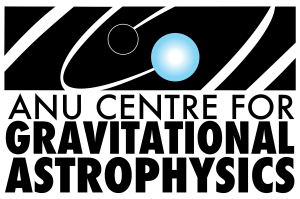
REPUBLISH OUR ARTICLES
We encourage all formats of sharing and republishing of our articles. Whether you want to host on your website, publication or blog, we welcome this. Find out more
Creative Commons Licence (CC BY 4.0)
This work is licensed under a Creative Commons Attribution 4.0 International License. 
What does this mean?
Share: You can copy and redistribute the material in any medium or format
Adapt: You can change, and build upon the material for any purpose, even commercially.
Credit: You must give appropriate credit, provide a link to the license, and indicate if changes were made.
SUBSCRIBE NOW
Follow Us
MORE ARTICLES YOU MAY LIKE
Dr Olalla Castro-Alvaredo | Measuring Entanglement: Symmetry-Resolved Entropy
Dr Olalla Castro-Alvaredo of the City University of London (UK) and her collaborators are advancing our understanding of an important phenomenon of quantum mechanical systems known as entanglement and, especially, its mathematical measures. Symmetry-resolved entanglement entropy is one such measure. Their study focuses on special quantum states which are excited with respect to a ground state. The research shows how the entanglement amongst quantum particles can be measured and assesses the contribution to the entanglement of quasiparticle excitations, particularly in the presence of additional symmetries.
Dr Arne Stensvand | Thermotherapy: Effective Disease and Pest Management Without Chemicals
Dr Arne Stensvand and his team at the Norwegian Institute of Bioeconomy Research are developing physical methods of pest reduction in plants. The team is specifically interested in strawberry plants, for which pest management is vital for crop success. They are pioneering thermotherapy as a heat treatment method to provide an environmentally effective and economically sound non-chemical approach to pest management.
Dr. Daniel Canfield | Reprioritising Pollution Reduction in Florida’s Lakes
Florida’s landscape is dotted with thousands of lakes that reflect regional geology, topography and anthropogenic activities. Phosphorus and nitrogen are critical nutrients for maintaining the wide range of biological production expressed across Florida, but excessive inputs of these nutrients due to past human activities impair many waters. There has been a long history of work aiming to address associated water quality pressures, and Dr. Daniel Canfield at the University of Florida has been at the centre of these efforts for over 40 years. Now, with the correction of point-source nutrient inputs, Dr. Canfield proposes that holistic lake management, including the integration of in-lake management strategies with a focus on organic sediment removal, should be much more prominent on the US government’s agenda to provide faster restoration of stakeholders’ lake usability.
Dr Jon Tore Lieng | Dynamically Installed Anchors for Floating Offshore Turbines
Effectively harnessing offshore wind presents a valuable opportunity to increase energy supplies. Floating wind turbines present several advantages over traditional fixed turbines in more shallow waters. Dr Jon Tore Lieng from Deep Sea Anchors and colleagues have developed a type of dynamically installed anchor to hold the structures in place while reducing both the costs and complexity associated with installation where cohesive seabed sediments are realised.

